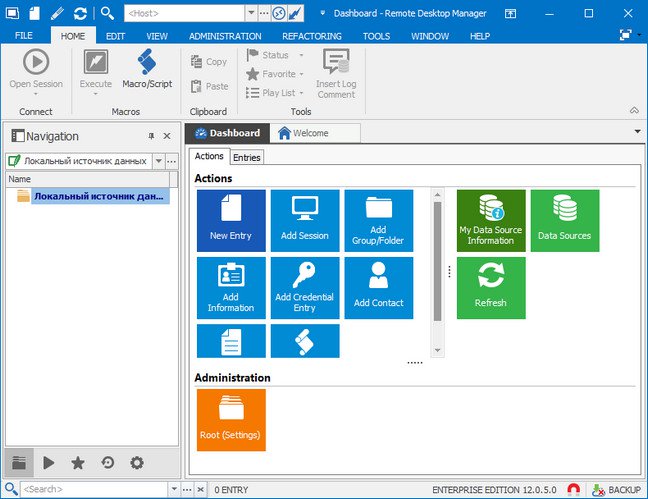

In 1973 a large collaborative (mainly U.S., U.K.) program, MODE-I, produced synoptic charts for an area of the NW Atlantic and confirmed the existence of an open ocean eddy field and established its characteristics.

#Remote desktop manager enterprise 12.6.8.0 series
Measurements from RIV Aries in 1959/60, using the then newly developed neutrally buoyant floats, indicated the main characteristics of the eddies in the deep ocean of the NW Atlantic while a series of Soviet moored current-meter arrays culminated, in POLYGON1970, in the explicit mapping of an energetic anticyclonic eddy in the tropical NE Atlantic. The existence of such eddies was suspected by navigators more than a century ago and confirmed by the world of C.O'D. Many types of eddies with somewhat different scales and characteristics have been identified.

A typical midocean horizontal scale is 100 km and a time scale is 100 days: these mesoscale eddies have swirl speeds of order 10 cm s -1 which are usually considerably greater than the long-term average flow. Nated by so-called synoptic or meso-scale eddies, rotating about nearly vertical axes and extending throughout the water column. It is now well known that the mid-ocean flow is almost everywhere domi.
#Remote desktop manager enterprise 12.6.8.0 free
in this publication does not imply, even in the absence of a specific statement, that such names are exempt from the relevant protective laws and regulations and therefore free for general use. The use of registered names, trademarks, etc. © by Springer-Verlag, Berlin Heidelberg 1983 Softcover reprint of the hardcover 1st edition 1983 Under § 54 of the German Copyright Law, where copies are made for other than private use, a fee is payable to "Verwertungsgesellschaft Wort", Munich. All rights are reserved, whether the whole or part of the material is concerned, specifically those of translation, reprinting, re-use of illustrations, broadcasting, reproduction by photocopying machine or similar means, and storage in data banks. (Topics in atmospheric and oceanographic sciences). Main entry under title: Eddies in marine science. JURGEN SUNDERMANN UniversiHit Hamburg, Institut fUr Meereskunde Heimhuder StrHamburg 13/FRG ROBERT SADOURNY Laboratoire de Meteorologie Dynamique, Ecole Normale Superieure 24 rue Lhomond, 75231 Paris Cedex 051France Professor Dr. MICHAEL GHIL Courant Institute of Mathematical Sciences, New York University 251 Mercer Street, New York, NY 10012/USA Professor Dr. ROBINSON Gordon McKay Professor of Geophysical Fluid Dynamics Harvard University, Division of Applied Sciences Pierce Hall, Cambridge, MA 02138, USA Springer-Verlag Berlin Heidelberg New York Tokyo 1983ĭr. Topics in Atmospheric and Oceanographic Sciences Editors: Michael Ghil Robert Sadoumy Jiirgen Siindennann

Meso-scale eddies are now known to be of interest and importance to marine chemists and biologists as well as to physical oceanographers and meteorologists. ) program, MODE-I, produced synoptic charts for an area of the NW At lantic and confirmed the existence of an open ocean eddy field and es tablished its characteristics. Measurements from RIV Aries in 1959/60, using the then newly developed neutrally buoyant floats, indicated the main char acteristics of the eddies in the deep ocean of the NW Atlantic while a se ries of Soviet moored current-meter arrays culminated, in POLYGON- 1970, in the explicit mapping of an energetic anticyclonic eddy in the tropical NE Atlantic. The existence of such eddies was suspected by navigators more than a century ago and confirmed by the world of C. A typical mid ocean horizontal scale is 100 km and a time scale is 100 days: these meso scale eddies have swirl speeds of order 10 cm s -1 which are usually con siderably greater than the long-term average flow. It is now well known that the mid-ocean flow is almost everywhere domi nated by so-called synoptic or meso-scale eddies, rotating about nearly vertical axes and extending throughout the water column.


 0 kommentar(er)
0 kommentar(er)
